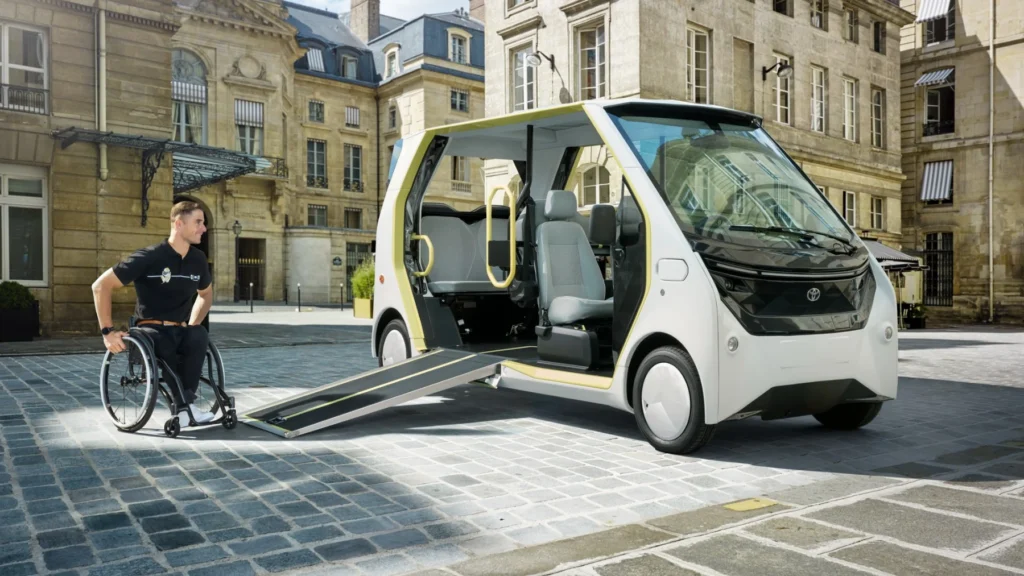The mobility landscape is transforming rapidly. Electric vehicles, autonomous systems, data-
driven insights, and Mobility as a Service (MaaS) are redefining how we move.
Yet, as we accelerate towards this technologically advanced future, a fundamental question
emerges: Is this future inclusive? For mobility to truly evolve and thrive, placing human
inclusion at its core is not just an ethical imperative—it’s a strategic necessity.
Why Inclusion Matters
Historically, transport has created barriers. Public transit often bypasses marginalized
communities, and designs overlook individuals with disabilities or limited digital access.
Globally, over 1.3 billion people live with some form of disability, or 16% of the global
population, and the aging population is growing.
These groups, plus low-income and rural communities, face disproportionate barriers to
essential access.
Inclusion is vital for economic and innovative growth. Accessible transport expands user
bases, unlocks markets, and boosts productivity.
Designing for vulnerable needs often leads to universal improvements, as diverse
perspectives create robust, user-centric solutions.
Navigating Challenges, Embracing Solutions
Inclusive mobility faces challenges. These challenges spur innovation:
● Accessible Public Transit & MaaS: Cities like London (Tube) and Singapore
(integrated transport) prioritize accessibility; MaaS integrates accessible options.
● On-Demand & Ride-sharing: Services like Via, Uber Access/WAV cater to
disabilities.
● Inclusive AV Design: AVs explore voice commands, haptic feedback, and built-in
ramps for universal usability.
● Responsible Micro-mobility: Policies (e.g., Barcelona’s parking) prevent obstacles
for vulnerable pedestrians.
● Community Solutions: Initiatives for elderly/rural areas provide tailored transport.
A Shared Future
The future of mobility is a collective creation.
Beyond faster tech, it’s about building bridges and ensuring benefits are shared by all.
Championing inclusion from concept to deployment unlocks true potential—creating systems
that are efficient, sustainable, human, and equitable. Let’s move forward, together.


